What is a Dry Block?
- Dry Block is a kind of device that can be heated or cooled to various temperature ranges.
- The name Dry Block suggests that it is used dry, without using any liquid materials.
- A temperature dry block is known as a temperature calibrator sometimes it is called a dry well.
- Generally, a Dry block consists of a removable sleeve or insert with suitable holes or bores for inserting appropriate sensors into the dry block.
- The dry block consists of an internal temperature measurement arrangement,
- Sometimes we may use an external reference temperature sensor to insert into holes on the dry block.
- Commonly a dry block temperature calibrator consists of several compatible inserts.
- Each insert is drilled with bores of different sizes to match for calibration of varying-sized temperature sensors or transducers.
- The temperature sensor bores in the dry block are tight enough to enable low thermal resistance between the sensor and the insert provided.
- If the bores provided are too loose then the sensor gets stabilized slowly, but sometimes they are unable to reach the insert temperature due to stem conditions.
- Generally, when we insert a temperature sensor or transducer to be calibrated in a dry block, the temperature sensor is the principal component to calibrate a temperature loop.
- All dry block temperature calibrators have routes to
- Sourcing Temperature
- Reading, Analyzing, & Reporting the Temperature.
Sourcing Temperature
Two common methods of sourcing temperature calibrators include
Contents
A. Simulation
- Temperature calibrators using simulation hand-held devices.
- Its internal electronic circuitry produces
- Different voltage levels are usually in terms of millivolts.
- Resistance to simulate temperature sensors.
- An output voltage signal generated represents a thermocouple unit.
- An output resistance signal represents RTD, Thermistor, or PRT.
- A simulator verifies sensor readouts such as for temperature transmitters or oven displays.
- This simulator measures and displays temperature sensors’ electrical output correctly.
- The simulator allows the user to select a temperature sensor type to simulate during operation.
B. Physical Heat Generation
- Temperature calibrator generates physical heat including
- Dry-Block Furnaces,
- Infrared Radiation (Ir) Calibrators,
- Temperature Chambers,
- Ovens & Temperature Calibration Baths.
- This calibrator consists of built-in sensors for measuring and displaying the calibrator temperature.
- These are considered and used as reference sensors then built-in sensors having low accuracy.
- It is required to insert sensors having high accuracy called external reference probes such as Platinum Resistance Thermometers, or Resistance Temperature Devices to obtain more accuracy and low uncertainty.
These are inserted into the heat source along with the device under test (DUT).
Reading, Analyzing & Reporting Temperature
- There are some common methods by that a temperature calibrator can read, analyze and report temperatures.
- The common way for the device to source the temperature must have an input to measure the DUT sensor.
- This Dry block temperature calibrator displays the temperature of the dry block and Device under test.
- Another common method is inserting a sensor into the calibrator, and the sensor stays connected to the display, & transmitter.
- This method displays both temperatures of the calibrator & DUT.
- This method is recommended, & considered as best because it compares and verifies both temperature of the calibrator, & the DUT sensor.
- Some temperature calibrators are built with an interface unit for the user to link a reference digital thermometer system to determine the highest accuracy
Features of Dry Well Calibrator
- Temperature ranges from -40℃ to 2200℃
- It has a Portable design & rugged structure.
- Accuracy is good
- Rapid to-temperature climatic science performance in their stability
- Dual-zone control.
- For reference Thermometer, RTDs, and T/Cs dry block calibrator provides a multi-channel readout for use.
- The dry block calibrator provides task documentation, switch testing, and HART communication.
- Touch screen with Color Display interface.
- Provides an option to choose your own range.
- Set point control by reference PRT
- Self-calibration feature
Parts of the Dry Block Calibrator
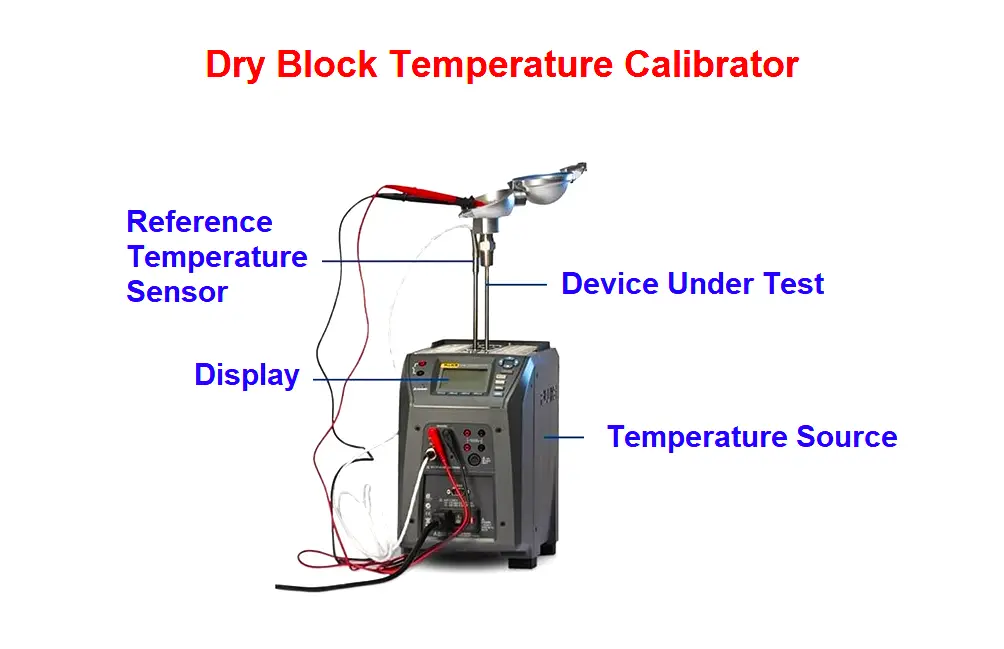
The dry Block Calibrator consists of
- A well-designed insert hole for lodging various devices under test or sensors to be calibrated.
- Heating coils for the escalating temperature to the required value.
- Reference thermometer fixed internally within dry block calibrator to determine and display device temperature.
- An electronic PID controller is required to provide a temperature Setpoint and to control the temperature of the Dry Block calibrator.
Specification of Dry Block Temperature Calibrator
| Range | 300°C to 1200°C |
| Resolution | 1°C |
| Accuracy | ±2°C |
| Stability | ±0.5°C |
| Stabilization Time | 15 Minutes |
| Temperature Readout | °C / °F Selectable |
| Well Diameter | 26 mm |
| Immersion Depth | 105 mm |
| Dry Block Material | Inconel |
| Heating period | 60 Minutes approx. |
| Cooling Time (to min.) | 45 Minutes approx. (with Forced Air Cooling) |
| Switch Test facility | Provided |
| Thermowell Diameter | 8 mm |
| Housing / Mounting | Bench-top |
| Power Supply | 230V AC, 50 Hz |
| Instrument Dimensions | 160 x 365 x 450 mm (L x D x H) |
| Instrument Weight | 15 Kg. |
| Measuring Capacity | Thermocouples J, K, R, S, N, B, T |
| RTD | Pt100 IEC Std. |
| mA | 0 to 25 mA |
| mV | 0 to 100 / 1000 mV |
| Volt | 0 to 10 V |
| Resistance | 0 to 500Ω / 3.5 KΩ |
What are the other names of a Dry Block temperature Calibrator?
Commonly these are called by
- Dry Block
- Dry Block Temperature Calibrator
- Dry-Well Calibrator
- Block Calibrator
- Temperature Block
- Dry Bath Temperature Calibrator
Advantages of a Dry Block Calibrator
- Dry block calibrators are easy to carry out in the field.
- It does not contain any hot fluid that may spill during carrying.
- These devices do not contaminate the calibrating temperate sensors.
Disadvantages of a Dry Block Calibrator
- Accuracy is less.
- Compared to a liquid bath it offers less stability.
- Calibration is difficult for sensors having short stems and oddly shaped ones.
- Not applicable for liquid use.
- Requires some heat transfer fluids or pastes in rare cases.
If you liked this article, then please subscribe to our YouTube Channel for Instrumentation, Electrical, PLC, and SCADA video tutorials.
You can also follow us on Facebook and Twitter to receive daily updates.
Read Next:
- Calibration Organizations
- Create Calibration Records
- Methods of Measurement
- Principle of Dead Weight
- Uncertainty of Calibration

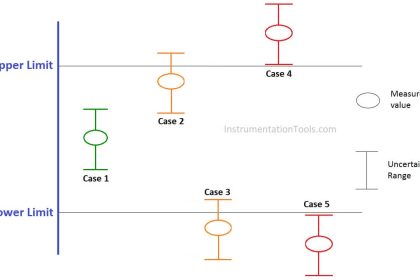
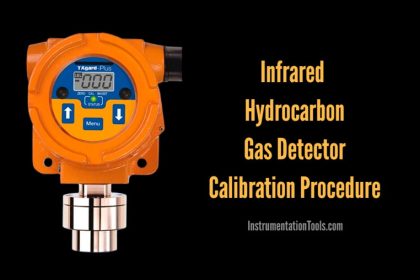
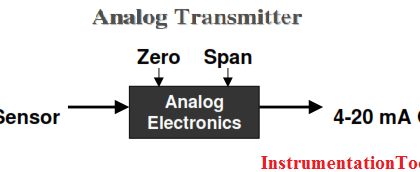
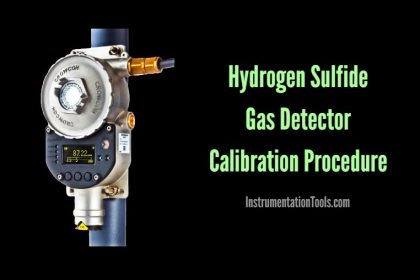
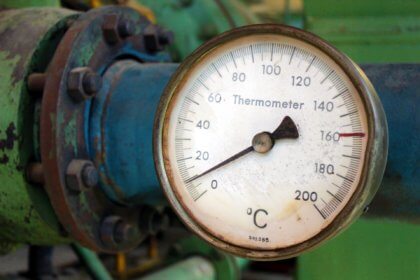
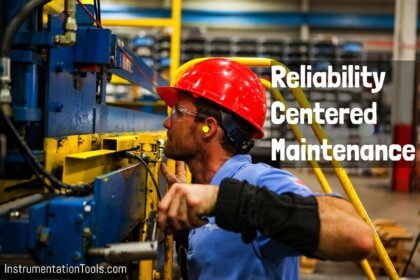
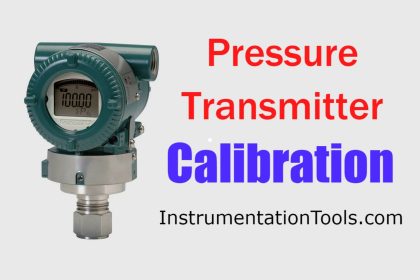
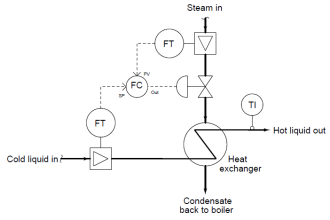

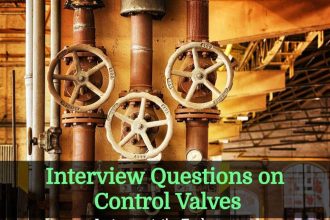
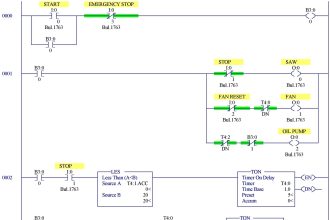
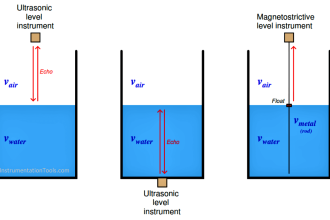
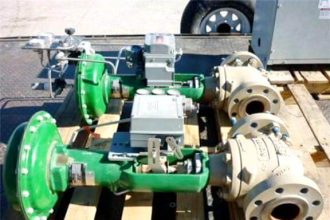

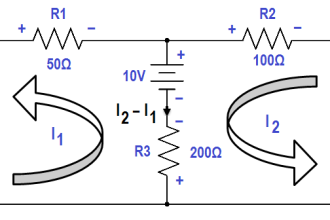

Please send heat treatment furnace calibration procedures